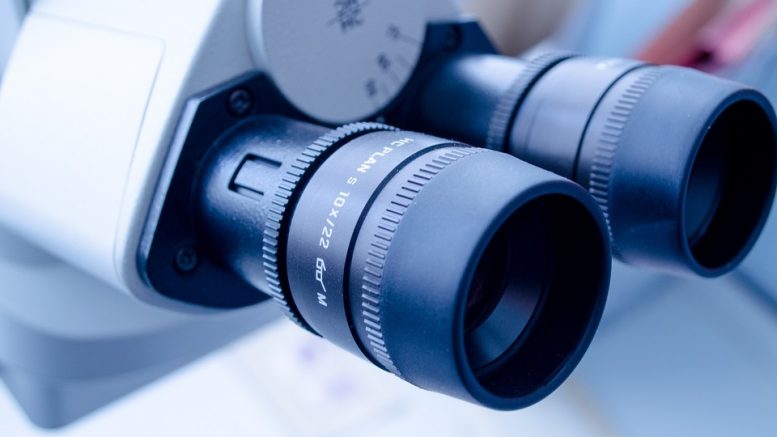Microorganisms are microscopic organisms that can be traced back to the first signs of life on earth. While invisible to the human eye, they exist everywhere and are constantly evolving and multiplying. While some types of microorganisms can have positive effects and are vital in the process of nutrient recycling, it would be reckless to allow microorganisms to run wild in all situations, especially in a medical setting. Antimicrobials are agents used to kill microorganisms that could cause spread of bacteria and infection or, in the worst cases, be pathogenic and cause disease and death.
Antimicrobials is an umbrella term, beneath which are different types of medicines and treatments that are defined by either their function or which microorganism they eliminate. For example, antibiotics are used against bacteria, and antivirals are used against microorganisms carrying infection. Antimicrobials can be either further defined by being formulated to fight a specific strain of virus or bacteria. There are also non-specific antimicrobials, such as bleach and generic antiseptics, which eliminate all microorganisms from a surface. The scientific progress also allows for the development of multi-organism specific antimicrobials, for example, targeting a specific virus strain in addition to specific bacteria in order to stop both.
The treatment of antimicrobial textiles is mainly through additives that can be woven or spun into the fiber during its creation, which is then sealed in through a coating process. There are also dyes that are infused with antimicrobials that coat and saturate the fabric, giving it similar properties.
There are different strengths of antimicrobial textiles, spanning from a fabric that simply slows the rate that a germ grows at to a textile that kills any germ that it comes in contact with (source). Based on their strength, there may be specialized rules and applications that should not be used outside of that specific rule. Antimicrobial fabrics should be extensively tested to show the effects, efficiency, and potency of the fabric treatment.
Applications
The integration of antimicrobial textiles in the medical field could have innumerable applications. At the very basic level, hospital linens and gowns should be antimicrobial in order to drastically reduce the odds of a virus spreading, or infection in the wound of a post-op recovering patient. This would also preventatively eliminate or weaken any microorganisms that are produced from the body or remained on the body already, making for a more sanitary inpatient experience. They can also be used for doctor’s lab coats and scrubs to avoid transport of microorganisms from room to room, therefore from patient to patient. Any cloth used during a surgery – from the cover on the patient to the cover on the tray of tools – can also be made antimicrobial to provide an even safer experience for the patient and surgeon alike. Even seats in the waiting room could be covered with antimicrobial textiles.
Outside of medical applications, antimicrobial textiles can be used in athletic wear to prevent odor and stains, and even uniforms and extremity covers if you work in an industry more exposed to working with bacteria.
Textile developments are constantly moving towards creating a safe and energy efficient way of life for the user, and antimicrobial textiles are no exception. Used preventatively and during recovery, these textiles bring benefits to not only the medical field, but with future integration techniques, could also lead to a healthier way of life for humans.
Additional Reading: Antimicrobial Textile Market Analysis, Applications of Antimicrobial Textiles
